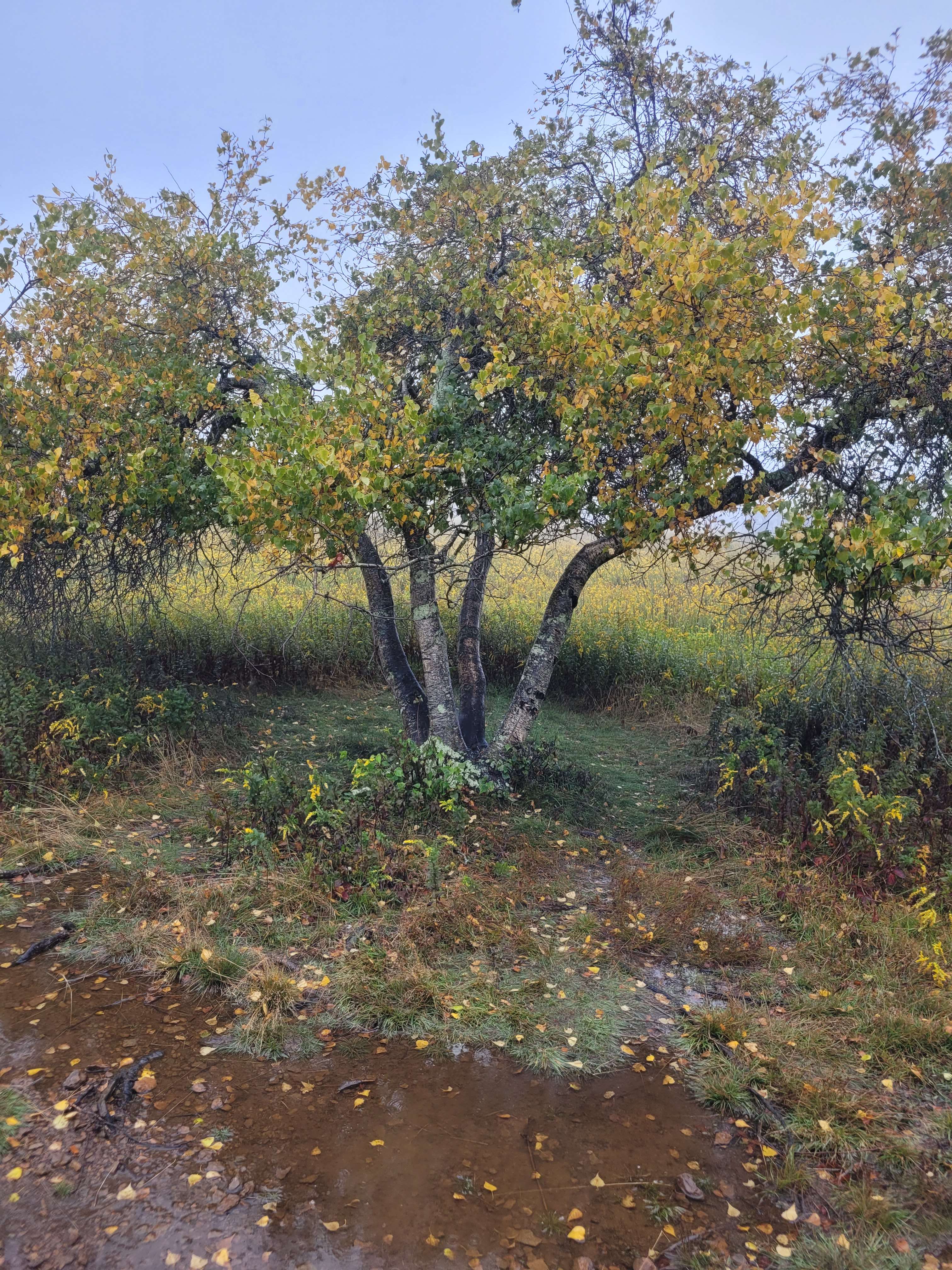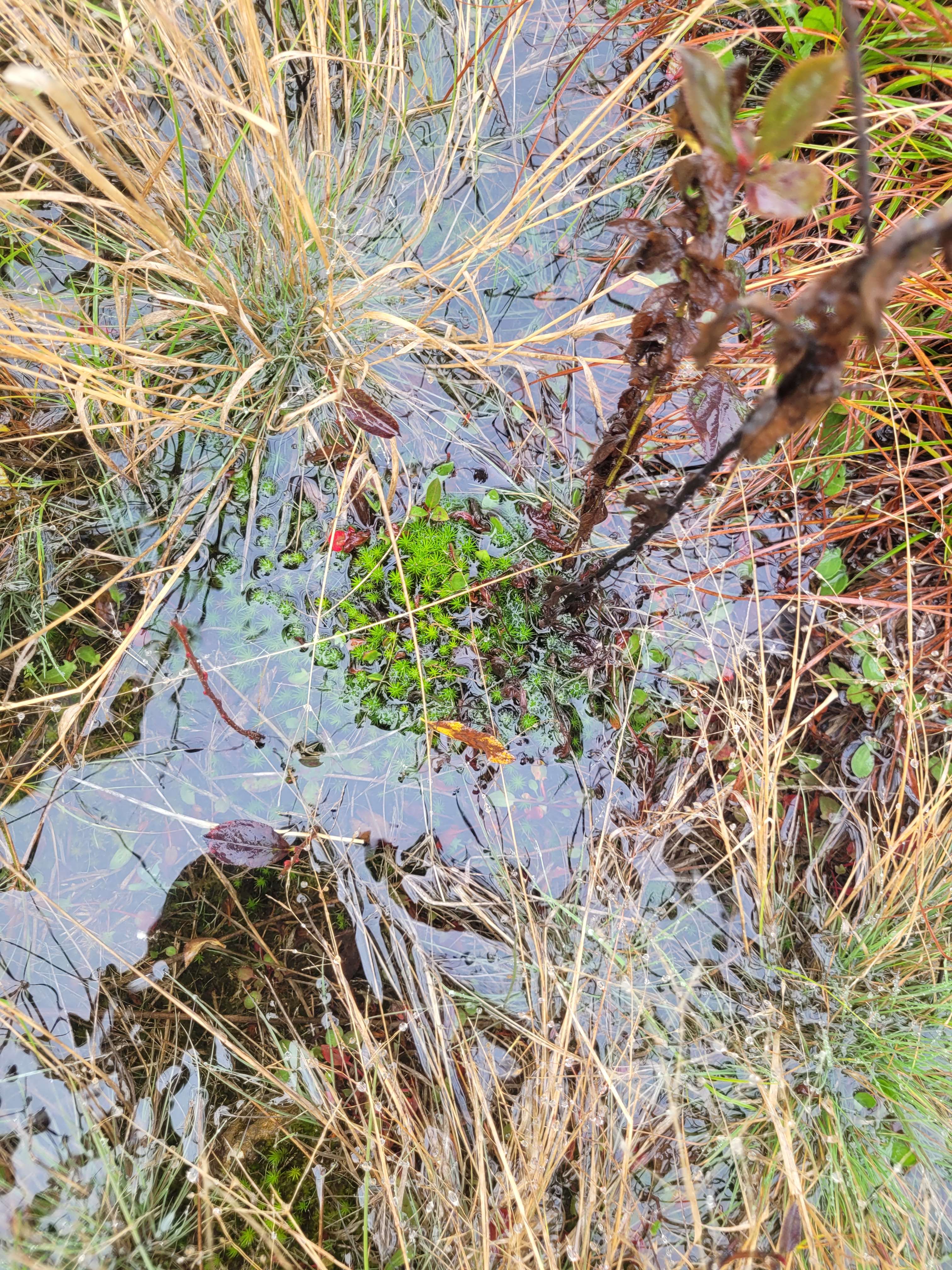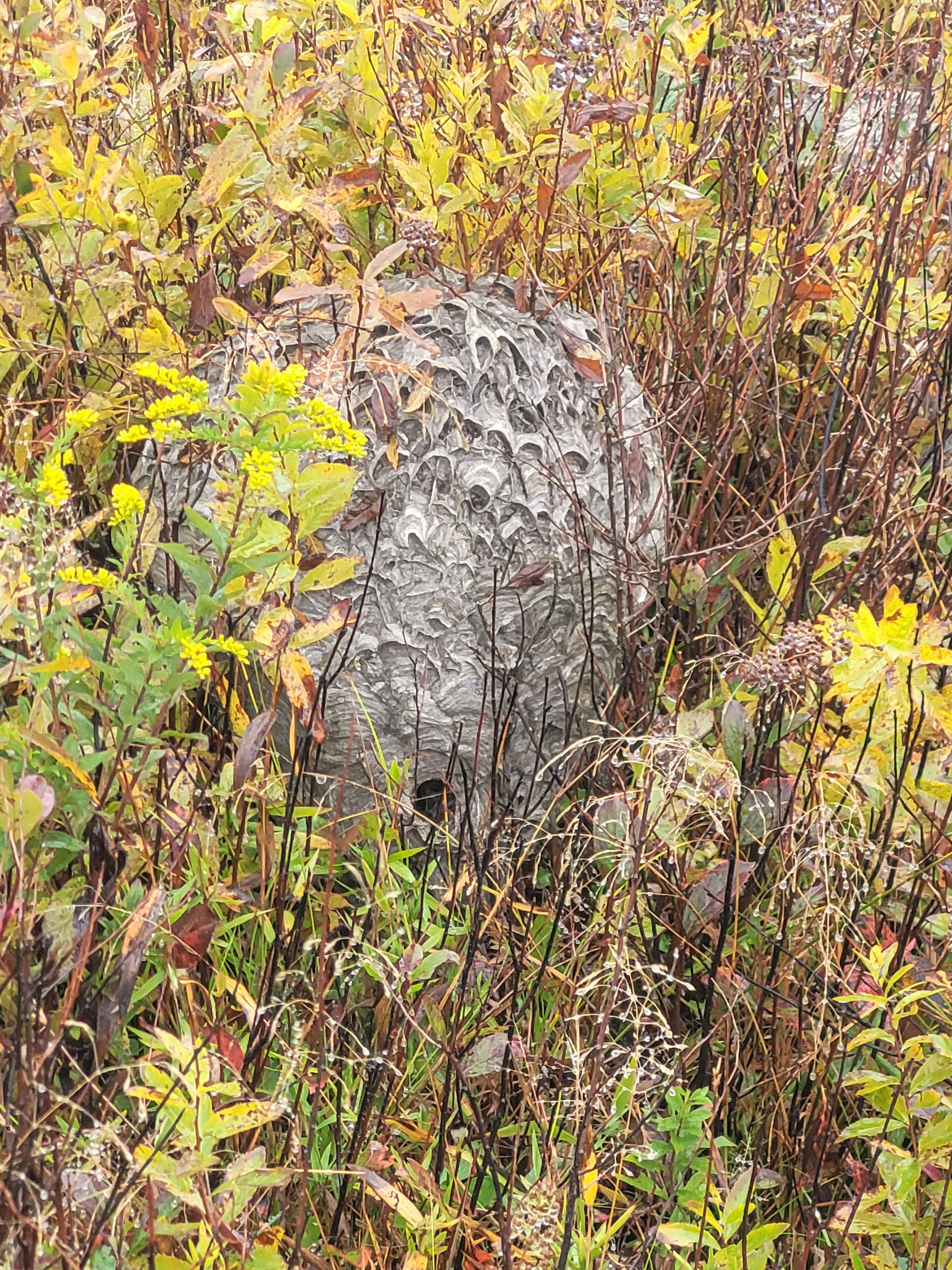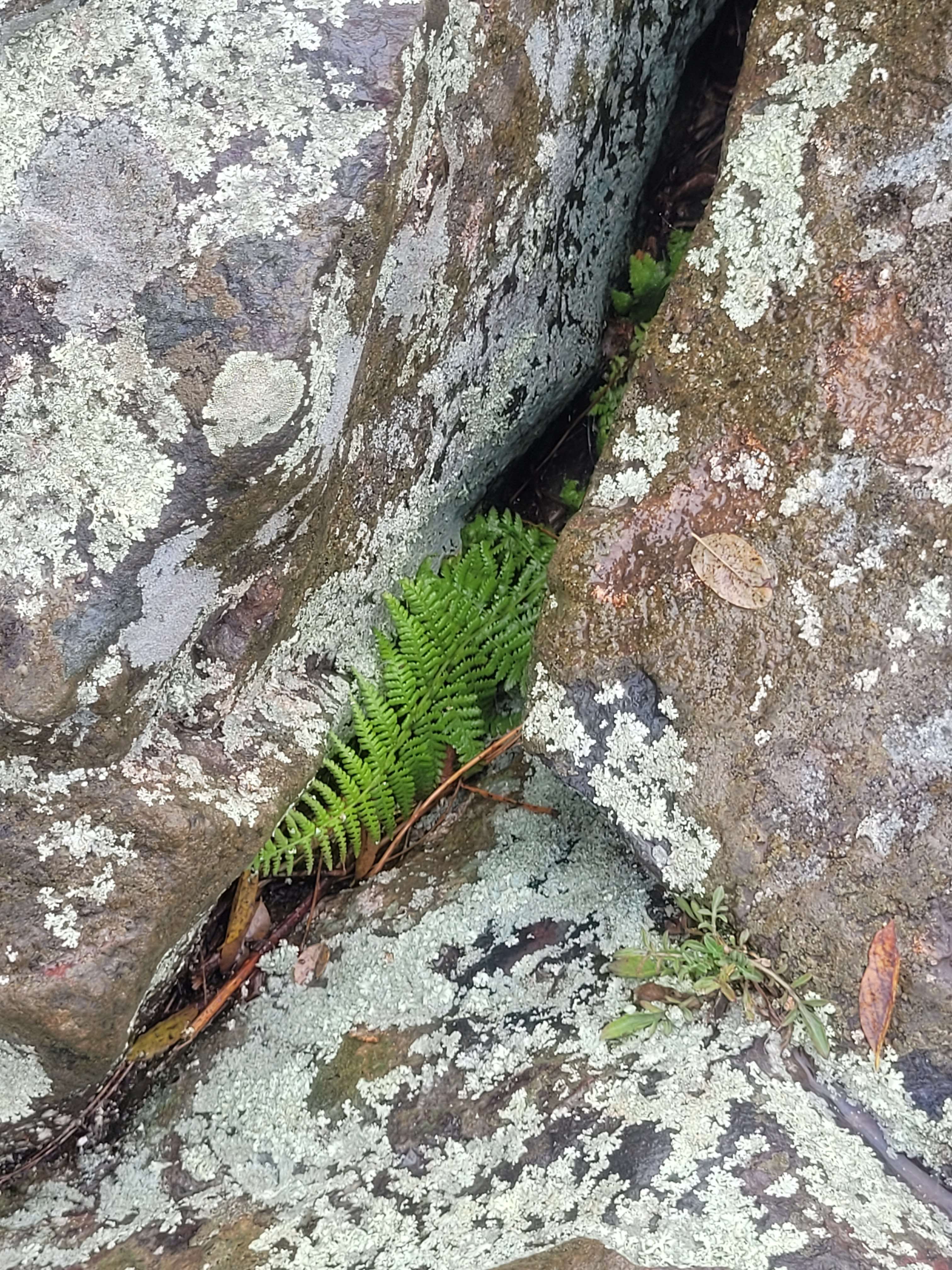Week Four: September 15 - 21
Monday was supposed to be the first day of my practicum, but unfortunately, the dry weather lately made for poor salamander-hunting conditions. So instead, we did a zoom meeting to get acquainted with the processes and information I'll need to know. Apparently red-backed salamanders are kind of unique among salamander species - they don't make use of vernal pools for their egg-laying process! The females just lays her eggs in a burrow and stands guard over them until they hatch, using the nutrients stored in her tail to stay alive. It reminds me of octopus species which do something similar, though the females of those species don't tend to survive the process...
Tuesday was our first exam, though it wasn't as scary as I had expected. Most of it was just checking on comprehension of the basic concepts of conservation. After that, we started talking about sustainable land management, which is apparently going to be our focus for the next few weeks. I'm really excited for that, honestly, because it looks like a lot of the focus includes stakeholder engagement, which is something I enjoy getting to work on. I think it's interesting to have to learn about and consider all the different perspectives on an issue! And maybe I can make use of Arnstein's Ladder, which is a very fun model of citizen engagement that I learned about in my PPiEG class. It does a great job of explaining how different levels of inclusion actually feel and function for the community - the fact that tokenization is a step on the ladder always made me feel like Arnstein had strong opinions on making inclusion meaningful.
Wednesday was a trip to Big Meadows in Shenandoah National Park. I'm sure it's lovely in better weather, but it was raining so much that my poor "rainproof" notebook got saturated and stopped working! I think once I dry it back out, it'll be fine, but it was a really weird experience. And my socks were wet the whole time. But the meadow was gorgeous even so, and it was super cool to see the different native species that you don't usually get in other biomes. There were even a handful of grey birch trees, which are usually way more northern, but the mountaintop climate is apparently perfect for them! Ranger Karl was super knowledgeable and answered all of our questions, and when he was telling us about the peregrine falcon re-introduction program, it was clear that he had a lot of passion for the topic. I don't know if the parks service would be something I would want to do forever, but being an interpretive ranger like that seems pretty neat. It would be a fun mix of the field work that I enjoy and the talking to people that I really enjoy. Definitely something to think about...




Thursday, we talked to people from Virginia Working Landscapes about their projects and work. Nick, one of the presenters, is both a field researcher and an illustrator, which is so cool! Their pieces ranged from field ID guides to illustrations of the different programs, and it seems like they get to do a really broad variety of work in their current position. It was so nice to see not only another nonbinary person, but another person with mixed interest in outreach and research, especially art-based outreach. I think I would really like to be able to mix in art to my outreach work, even if it's not my sole focus.
On Friday we had our journal club about the non-native species and biodiversity index paper. I think this was our first journal club without any major disagreements - we were all pretty much at a consensus that non-native species should be counted. It just makes more sense, honestly; even if they're a nuisance species, or invasive, or what have you, they're still an important part of the dataset that ought to be considered to get the most clear picture of the ecosystem you're working with.
And speaking of nuisance species, we got to meet with John Whitmoyer, who does all of the land management for SCBI. He talked to us about the different aspects of his job, which mostly boiled down to managing all of the different invasive species that crop up around here - autumn olive was a big one. I already came in knowing a decent bit about them and their habits, since I did a research project on them back in high school (not my best work, since it was a bit rushed, but I got to spend the summer practicing my plant surveying skills and narrowly avoiding poison ivy), but it was interesting to hear about they can be handled. I was a little shocked to learn how many herbicides are used, though it makes sense. I just usually hear about them in the context of them being awful for the environment, so hearing about them as a tool for invasive management was strange. Then we got to see the prescribed burn site up near Racetrack Hill, which was pretty neat - even in just a few months, it's grown back so well, and there's barely any autumn olive in that patch now! Even the chestnuts on the other side of the hill were doing... well, as well as they can be, given everything. They're not perfectly blight-proof, but the different inoculation and prevention methods are kind of working. Finally, we wrapped up with a trip to the other side of 522 to see the progress John's been making on riparian restoration, which mostly comes down to - you guessed it - more autumn olive removal. Honestly, given that it's just him (and a few interns) handling 3,000+ acres of land, it's pretty impressive that any real progress gets made at all!